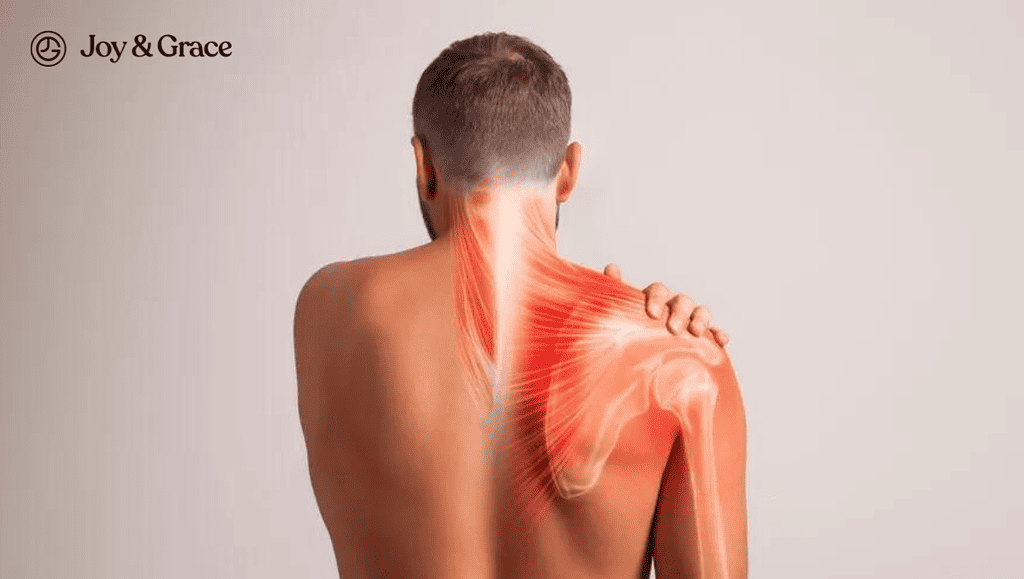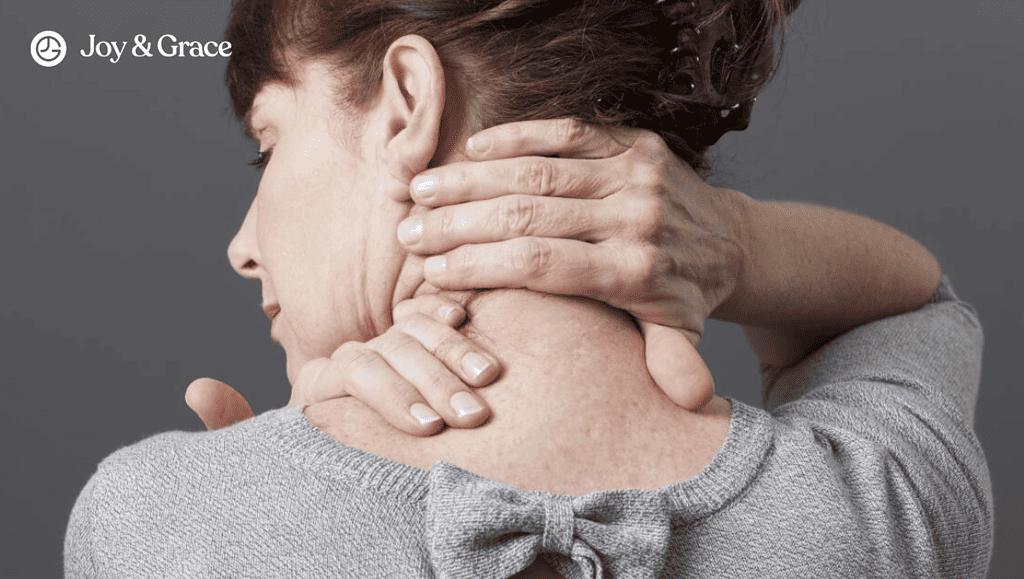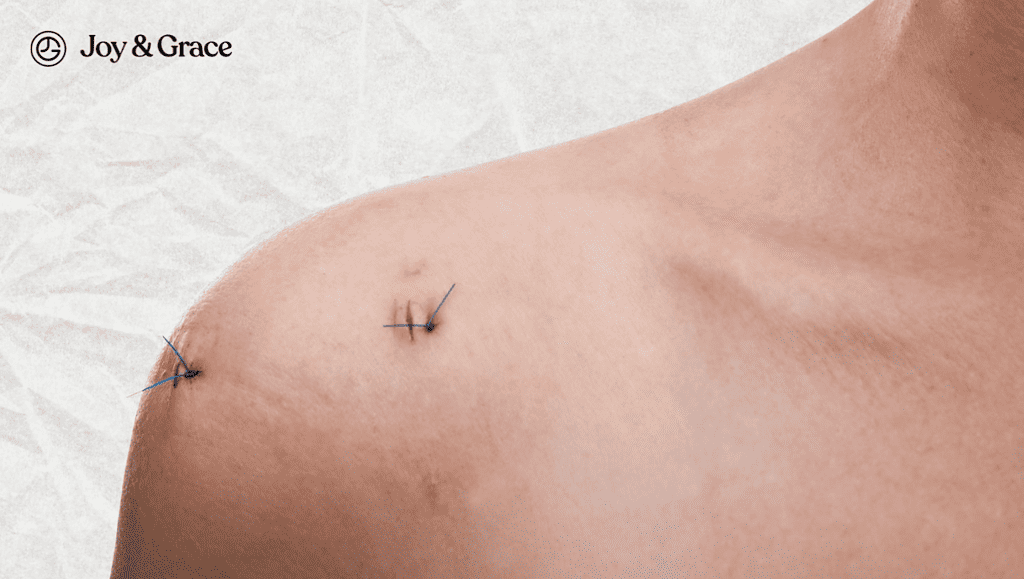Back and neck pain can be incredibly uncomfortable and frustrating to deal with. It can affect your daily routine, your mood, and your ability to enjoy life. Fortunately, there are natural ways to relieve pain without medication or surgery. Yoga is one of the best ways to alleviate back and neck pain, as it helps to stretch and strengthen the muscles, increase flexibility, and improve posture. In this article, we will explore some easy yoga poses that you can incorporate into your daily routine to relieve tension and discomfort in your back and neck. These poses are suitable for beginners and can be done in the comfort of your own home without any special equipment. So, let's get started!
Easy Yoga Poses to Relieve Back and Neck Pain
A sedentary lifestyle can have long-term effects on our routine and body. Keeping the head in one position for long periods can affect the normal alignment of the spine and back. This can happen from doing things like sitting at a desk for a long time or sitting with a hunched back. This can cause upper back pain and neck and shoulder pain.
As women get older, they are more likely to have problems with their posture. Osteoporosis and weight gain are two of the most common problems that older women face.
Back pain can be caused by chronic illnesses, bad posture from years of use, lifting heavy objects at work, being overweight, traumatic injuries, and even wearing high heels.
Recent studies have shown that yoga is better for pain management than conventional therapies. Yoga and meditation reduce stress, thereby releasing tension in the muscles. When the muscles get back to their normal tone and flexibility, the upper back and neck feel less pressure.
Can Yoga Help Me With Relieving Upper Back and Neck Pain?
A lot of research is being done to see how well non-drug treatments for back and neck pain work. These studies have looked at how physical therapy, yoga, and an exercise routine you can do at home can help with neck pain. According to a study published in 2019, yoga was found to be more effective than exercise for relieving chronic neck pain. Continuing to do yoga helped with back and neck pain and made people more productive in their daily lives.
Yoga is a unique blend of breathing techniques and meditation, allowing the yogi to release muscle tension. It helps with developing a calm attitude toward the stressors in life. It also helps with creating a more positive outlook on life. Yoga is practiced by holding the body in specific positions, termed asanas, which one has to hold for a duration of 10 to 60 seconds. Following are the reported benefits of performing yoga for upper back and neck pain:
- Holding any position requires muscles to remain in one position, increasing muscles' strength and tone.
- Most yoga poses involve the back and abdominal muscles. This allows these muscle compartments to be muscular and support the spine. Hence, regular practice of yoga also improves body posture and back alignment.
- Correction of body posture can improve back pain and neck pain due to hunched sitting.
Which Yoga Poses Can Help Reduce Upper Back Pain?
The right way to stand is with a straight back, square shoulders that aren't tense, chin up, chest out, and stomach in. Even if you just keep your back straight, you can cut in half the back problems that come with getting older. This is because having a good posture keeps the back and spine from getting out of line. Yoga helps you get the right posture by focusing on the relaxation of certain muscle groups. You can improve your posture and ease back pain by doing the following asanas (postures) with awareness.
To perform the standing forward bend pose in yoga, also known as Uttanasana, follow these steps:
Stand with your feet hip-width apart and your knees slightly bent. Inhale and lift your arms up above your head, with your palms facing each other.
As you exhale, hinge forward at your hips and lower your torso towards your legs. Keep your knees slightly bent and your spine long as you reach toward your toes with your hands. You can either place your hands on the floor, on your shins, or on your ankles, depending on your flexibility.
Hold the pose for a few deep breaths and then slowly rise back up to standing as you inhale.
Begin in a standing position, with your feet hip-distance apart. Step your left foot back about 4 to 5 feet so that you are in a wide stance. Turn your left foot out to a 90-degree angle and your right foot forward to a 90-degree angle.
Bend your right knee, making sure that it is stacked directly over your ankle. Bring your arms out to the sides, parallel to the ground, with your right arm facing forward and your left arm facing back. Gaze over your right hand and engage your core muscles. Hold the pose and breathe deeply for several rounds.
To perform Extended Triangle Pose (Utthita Trikonasana) in yoga: Begin in a standing position, with your feet about 3–4 feet apart. Turn your right foot out 90 degrees and your left foot slightly in. Bring your left hand to your left hip and your right arm to the sky. Keep your hips facing forward and start to reach your right hand down to your right ankle, or to the ground if you can. Bring your left hand to your thigh or ankle, and extend through your arm. Keep your head in a neutral position, or turn it to gaze at your right hand. Hold for several breaths and then repeat on the other side.
Lie face down on a flat surface on your stomach. Raise your torso from the ground with the support of your palms and knees. Inhale as you lower your belly downward (cow pose), lift your chin, and gaze upwards.
Spread your shoulders wide and let out a breath as you bend your back up and move your chin down to look at the floor (cat pose). This pose stretches the muscles in your back and stomach and loosens up any stiff spots in your back.
Thread the needle pose is a gentle yoga pose that stretches the shoulders and upper back. To perform the pose:
Begin on your hands and knees in a tabletop position, with your wrists under your shoulders and your knees under your hips. Take a deep breath and, as you exhale, slide your right arm underneath your left arm, bringing your right shoulder to the floor.
Keep your right hand on the floor and turn your head to the left, resting your cheek on the floor. Hold the pose for several deep breaths, then release and repeat on the other side. If you can't get your shoulder to the floor, you can use a block or a cushion to support your shoulder and make the pose more comfortable.
As you hold the pose, remember to take deep breaths and let your shoulder and upper back muscles relax. It is essential to practice with proper alignment, and you should not force your body. Listen to your body and move with your breath.
This pose is performed while sitting. To begin, start seated on the floor with both legs extended in front of you. Bend your left knee and bring your left foot to the outside of your right knee. Bend your right knee and bring your right foot to the outside of your left knee. Take your left arm behind your back and reach it up your back towards your right shoulder. Put your right arm behind your back and reach it up to your left shoulder, trying to clasp your fingers behind your back if you can. Keep your chest lifted and your shoulders relaxed. Hold for several deep breaths and then repeat on the other side.
Begin seated on the floor with both legs extended out in front of you. Bend the right knee and bring the right foot over the left knee, placing it on the floor next to the left hip.
Put your left arm behind you with your elbow on the floor and your hand pointing away from your body. Put the right arm around the right knee with the elbow pointing up toward the ceiling. To twist the body to the right, use the right elbow to gently push the right knee toward the left shoulder.
Keep the left shoulder blade pressing down on the floor. Hold the pose and breathe deeply for several rounds.
Which Yoga Poses Can Ease My Neck Pain?
As mentioned above, yoga asanas are selective for the target muscle compartments. Muscles of the neck have a different working structure than the back. Hence, yoga poses to relieve neck pain may be performed with a yoga block. A yoga block provides support to the neck muscles, helping them release tension. The following poses may help ease your neck pain.
Begin by lying on your stomach with your forehead resting on the ground. Place your hands under your shoulders, with your elbows close to your sides. As you inhale, press down into your hands and lift your head, chest, and shoulders off the ground. Keep your elbows close to your sides, and engage your core and lower back muscles.
Hold the pose for several deep breaths, then release and return to the starting position.
This pose is great for stretching the back. Begin on your hands and knees in a tabletop position. Your wrists should be directly under your shoulders, and your knees should be directly under your hips. Walk your hands forward, keeping your elbows close to your ribcage and your forearms parallel to each other.
Lower your hips back towards your heels and press your chest forward, extending through your arms. Keep your head and neck in a neutral position, or let them release towards the floor. Hold the pose for several deep breaths.
Sitting on the mat with your knees flexed, bend forward, and place your head on a raised block. Place your palms on the floor and close your eyes. Balasana is a pose for resting. It also squeezes the stomach and speeds up peristalsis. It also imparts a sense of relief and improves breathing.
To do this pose, slowly lie down from a sitting position and swing your legs up the wall so that your hips are close to the wall and your legs are straight up. You can place a pillow or blanket under your hips for support if needed. Rest your arms by your side, with your palms facing up. Close your eyes and relax your entire body, focusing on your breath. Hold the pose for several deep breaths or as long as you are comfortable.
Wrap up your session with the relaxing corpse pose. Lie on your back with a block under your head. Close your eyes and move your head from side to side. This asana helps to relax the muscles and regulate eye movements.
Can I Perform Yoga With Chronic Neck Pain?
The short answer is yes. Most of the yoga asanas listed above can be done even if you have neck pain. The only ones you should avoid are those that require you to reach from your neck to your torso or back. They may improve your pain with regular exercise. A tip is to start with holding poses for the shortest duration, then slowly increase the time if no side effects are felt. There are specific poses that have to be avoided if you experience upper back and neck pain. Consult your physical therapist if you think any yoga pose is causing weakness in your arms or dizziness.
Yoga is an excellent addition to your daily routine if you suffer from upper back and neck pain. It's an activity that doesn't need a lot of space, big tools, or special clothes. With a yoga mat and essential activewear, you can perform your first yoga routine at home. Yoga can be done at any time of day, which makes it a great choice for working women who want to relax after sitting at a desk all day. If you have pain in your upper back or neck, sign up for a yoga class near you. You might like it more than physical therapy.
Takeaway
Yoga poses can be effective in relieving back and neck pain, especially for women who experience posture problems due to age-related issues such as osteoporosis and weight gain. Recent studies suggest that yoga can be better than conventional therapies for pain management. Incorporating these easy yoga poses into your daily routine can help strengthen and stretch the muscles, improve flexibility, and correct body posture, reducing tension and discomfort in the upper back and neck. However, it's important to listen to your body and consult with a physical therapist if you experience weakness or dizziness while practicing yoga.














